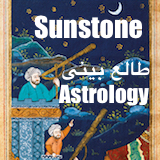Link
MajidNaficy 's Recent Links
The New Yorker: Charlie Kirk and Tyler Robinson Came from the Same Warped Online Worlds
MajidNaficy | 20 hours ago
0 65
The New Yorker: Bad Bunny’s Puerto Rican Homecoming
MajidNaficy | 20 hours ago
0 61
Trump’s war on media: Jimmy Kimmel suspended over Kirk remarks
Viroon | 16 hours ago
0 104
Category: None
Europe Warning: Time Is Running Out for Iran – Sanctions Are Weeks Away!
Viroon | 16 hours ago
0 103
Category: None










Comments